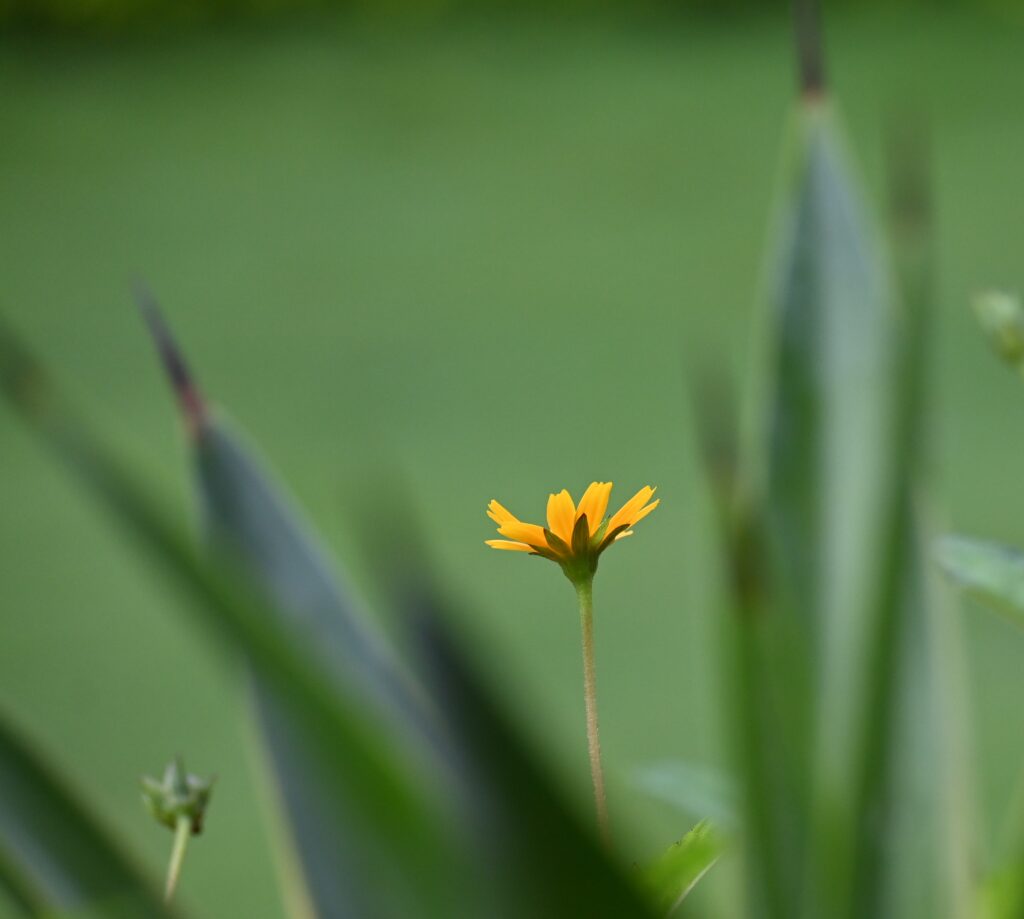
Yellow Daisy Flower: The Sunshine Bloom of Nature
The Yellow Daisy (Wedelia trilobata) is one of nature’s most cheerful gifts, often brightening up gardens, roadsides, and wild fields with its golden charm. Belonging to the Asteraceae family, this hardy flower is loved for its simple beauty and adaptability.
Habitat & Range
Yellow Daisies grow in tropical and subtropical regions, thriving in both wild landscapes and home gardens. They spread quickly, covering open spaces with carpets of green leaves and yellow blooms. In India, they are often spotted in parks, lawns, and forest clearings.
Appearance
The flower typically has 8–13 bright yellow petals radiating around a golden center. Its slender stem and small size give it a delicate yet bold look against the greenery.
Uses & Significance
- Often grown as a ground cover plant due to its fast spread.
- Attracts pollinators like bees and butterflies, making it ecologically important.
- In folk medicine, parts of the plant are used for treating skin problems and wounds (though scientific validation is limited).
Fun Facts About Yellow Daisies
- The word Daisy comes from “day’s eye” because the flower opens at sunrise and closes at sunset.
- Daisies symbolize innocence, purity, and new beginnings in flower language.
- A single Yellow Daisy plant can produce dozens of blooms in one season.
- They are drought-resistant, making them perfect for low-maintenance gardens.
